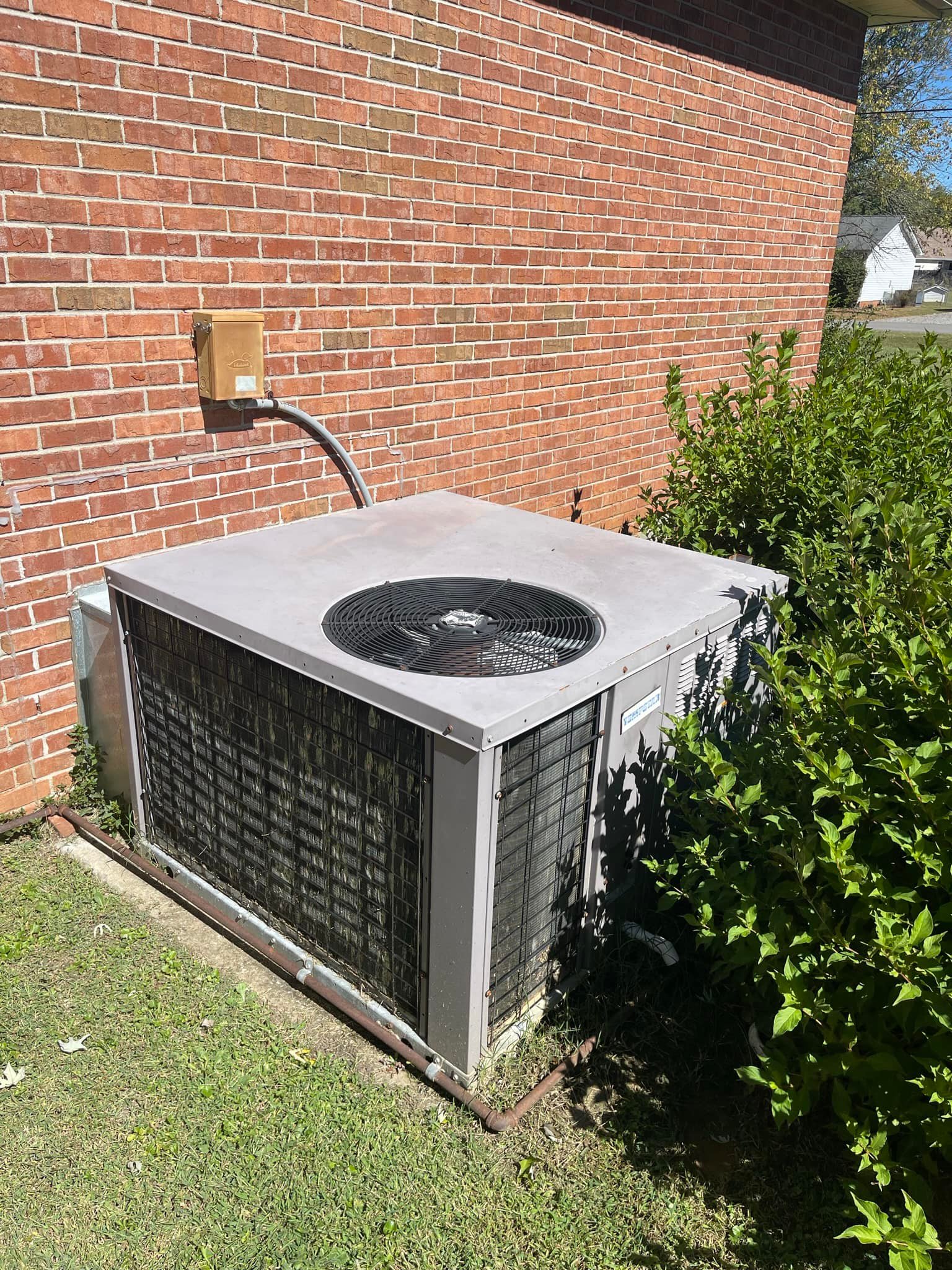
Understanding Indoor Air Quality: Tips for a Healthier Home Aug 12, 2025
To begin with, let’s explore why indoor air quality matters. Poor air quality can lead to a variety of health issues ranging from headaches and fatigue to more serious respiratory problems and allergies. Children, the elderly, and those with preexisting health conditions are particularly vulnerable. Maintaining good indoor air quality not only protects health but also enhances overall comfort and well-being at home.
One of the first steps to improving indoor air quality is identifying common pollutants. These include dust mites, pet dander, mold spores, and volatile organic compounds (VOCs) emitted from household products. Understanding these sources allows homeowners to take proactive measures in reducing their presence. For instance, regular cleaning and choosing natural cleaning products can significantly lower VOC levels in the home.
Ventilation is another key factor in managing indoor air quality. Proper ventilation allows fresh air to circulate, diluting indoor pollutants. Make sure your home’s HVAC system is in good working order, as it plays a vital role in filtering out airborne contaminants. Furthermore, consider opening windows and using exhaust fans in kitchens and bathrooms to vent out stale air and moisture.
Jarrell’s Quality Heat and Air recommends routine maintenance of your HVAC system to ensure it operates efficiently. Regularly changing air filters is a simple yet effective way to enhance air quality. Clogged filters can circulate dust and allergens throughout the home, so opting for high-quality filters and replacing them every three months is advisable.
Introducing natural elements such as houseplants is another way to improve indoor air quality. Plants like the spider plant, peace lily, and snake plant are known for their air-purifying properties. They absorb toxins and release oxygen, making them beneficial additions to any home. However, it’s crucial to research and choose the right plants for your space, especially if you have pets, as some plants can be toxic to animals.
Humidity control is also essential. High humidity levels can encourage the growth of mold and mildew, which are common triggers for allergies and respiratory issues. Use a dehumidifier or the air conditioner to keep humidity levels between 30% and 50%. On the other hand, overly dry air can lead to irritated sinuses and dry skin, so maintaining a balance is key.
In conclusion, prioritizing indoor air quality is instrumental in creating a healthier home environment. By understanding the sources of pollutants, enhancing ventilation, maintaining your HVAC system, introducing air-purifying plants, and controlling humidity, you can significantly improve the air you and your family breathe. Jarrell’s Quality Heat and Air is dedicated to assisting you in achieving these goals with expert HVAC services and advice tailored to your home’s needs.
With the right strategies and a commitment to regular maintenance, you can ensure that your home remains a sanctuary of health and comfort all year round. For more personalized advice, don't hesitate to contact the experts at Jarrell’s Quality Heat and Air for all your indoor air quality needs.
/filters:no_upscale()/media/1c9f714a-9c2d-4dc6-b2fa-55db3f2eb60d.jpeg)
/filters:no_upscale()/filters:format(webp)/media/9b33b1de-d429-4d9b-bfb6-3877d79db880.jpeg)